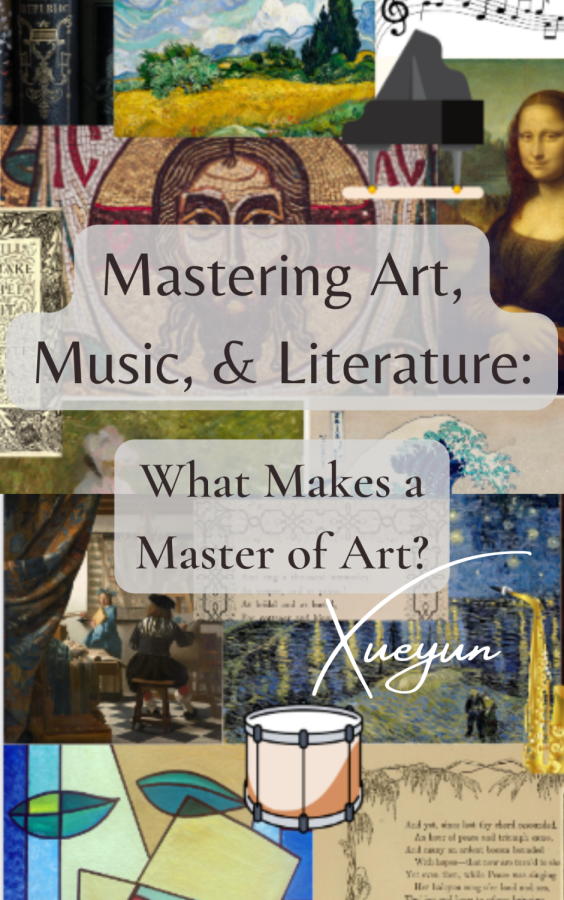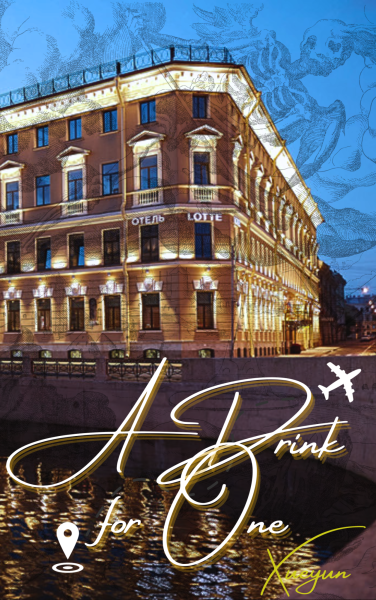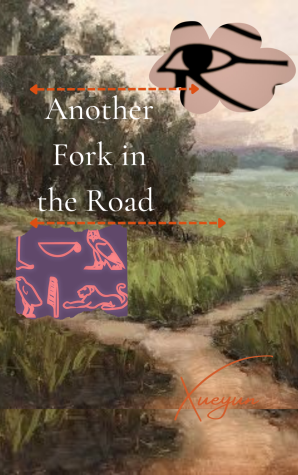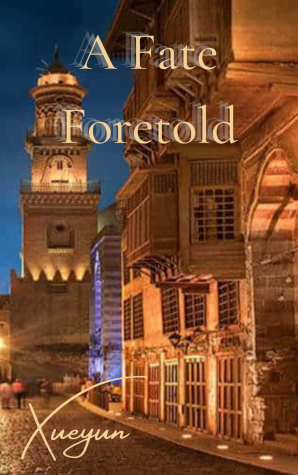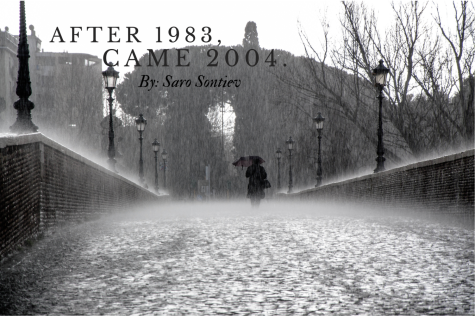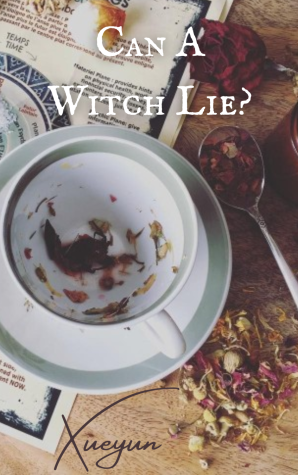What Makes a Master of Art?
March 9, 2023
Mastering Art, Music, and Literature: What Makes a Master of Art?
©2023
Many know of famous and captivating paintings and literature such as The Birth of Venus by Sandro Botticelli, Starry Night by Vincent Van Gogh, and the numerous plays of William Shakespeare (Hicks, 2021). It can be understood only by viewing these masterpieces that they have been on a different level from other art commonly read or seen, but what exactly makes someone a ‘master’ of art? There are distinct elements in the lasting gems of the art world to be understood and characteristics of their creators that assisted the masters to create extraordinary works. The technique found in classical literature and art can sometimes be controversial images, holding a special core in their time periods. To become a master of art or literature, an individual must have eccentricity, bravery and the ability to create art that may be controversial and impacting, a great technique of their craft, and hold significance in their time period all throughout to the present period while keeping relevance (Shelley & Bramante, 2018).
It almost seems impossible for someone to master something, but there are common themes and signature techniques that can be recognized in masterpieces. Everyone understands that art is a pure form of expression, but there are still those who argue one form of art is superior to another. Even so, there are familiar things that can be found in classical and popular artworks. Art creates an otherworldly feeling, even as its creator is limited within life or bound to a single life (Costello, 2016). It has the ability to express life, truth, and beauty, with high artistic quality, and stands to test time (Lombardi, 2019). Many artists in today’s time attempt to make music, art, literature, etc. that will be remembered for generations to come. Much like Christmas songs that are traditionally played during the winter season, they are considered classics because they do not depend solely on the time of their creation, but at the same time, can represent the creator’s thoughts. If a piece can make the reader, listener, or viewer feel that they have discovered or understood something new, never exhausts, is easy to understand, give influence which can be unforgettable, and constitute special experiences to share with the audience, that work can be considered a masterpiece (Popova, 2012).
To understand what makes a classical piece, it is important to acknowledge what characteristics are found in classical artists. Master artists demonstrate a great amount of cultural knowledge, which can be defined by where they live or grew up, and their understanding of what they desire to create beyond the boundaries of art(Lawinsider, 2017). What life that person may lead can vary, but it is most dependent on the mind of that artist and how they view the world in its physical and spiritual form. A simplified list of what creates a master artist includes eccentricity, technique, integrity, and the beginning or core of a time period (Hollis, 2018). Lord Byron from the 19th century was a famous poet which wrote a poem about swimming and how it correlates with a subspace from life where it can allow a person to be alone with their thoughts, compared to what people may think upon first reading the piece since swimming is a solo sport and not romanticized often(Spiegelman, 2008).
Looking back to the overview of characteristics found in master artists, they have a greater capacity to think outside of the normal capability of society. Their techniques and styles are signatures of a single person, even if there are many other artworks which can appear similar. Many believe that they are capable of this because; oftentimes, great artists are or become mentally unstable. While this is true in some aspects, it does help them open to creating art as a better form of expression. Similar to how blind person is better at hearing to compensate for their lack of sight, the master artist learns to express themselves and are able to portray the world as they see through their lens with greater ability. Sensual feelings are also important when it comes to classical artworks. A few to name are the feeling of harmony, balance, sense of proportion, and attention to an idealized figure or shape in non-anecdotal portrayal (visual-arts-cork).
Compared to looking at what makes a master artist and what makes a masterpiece, there must be an understanding of the art’s significance during its creation. There can be comparisons to other famous artists, but it’s hard to tell what stands out among what seems to be human perfection. The most recognized painters of the Renaissance to 17th century were considered “Old Masters” and were grouped into different forms of European art, but they all created and began their own sort of ‘eras’. A few to name include Gothic, baroque, art neoclassicism, romanticism, and mannerism, all of which were different forms of other art periods, but each work held a different technique and importance can be viewed in a similar way to how that singular artist views things by the audience(Artsy, 2008). Classical art is a cornerstone of western civilization as it was held up to around 2000 years of history, where connotations of moral virtue and stability clung to Classical art which made it attractive and was understood by Greeks to be part of truth and beauty(Shelley, 2018).
Some people may say that in order for someone to become a master of an art, it’s dependent on the interpretation and the time of creation. While those are partially true, it is important to look into the mind, viewpoint, capability, etc. of an artist as a whole because there are many factors which play a part in building up a person. Lots of people argue that all artists go insane too, which is also, sadly, the case for many, but it’s not the core of their mastery. Of course, there are other interpretations of what makes a master of arts, but it universally comes down to the simple characteristics and capabilities of an individual to create art which could be labelled a classical piece. Classical and famous pieces oftentimes don’t become popular until after the death of that artist or that art period, but that doesn’t mean that it’s impossible to happen, the same thing applies to whether or not a famous artist becomes mentally unstable. The stereotyping of master artists into what makes them a master isn’t solely dependent on one thing or the other, but they do share things in common, not to say that they are required in order for someone to be considered an Old Master.
In all art, including those that are considered to be masterpieces, there are things that can be recognized, felt, understood, etc. from the art alone. There are characteristics which make up a master artist, which aids them in creating work which can last decades upon a time and never grow old or difficult to interpret. The greater capacity and viewpoints of these Old Masters cannot be compared to the average, one which can see things beyond what they are physically or culturally viewed as. To become a master of an art, one should have eccentricity, bravery to stand out and/or oppose the social and cultural norm, technique, emotional understanding beyond the basic forms, and the ability to create art that will last and be understood no matter the time or place–possibly beyond anything that a photograph could show.
References
Artsy. (2018). Old Masters. Artsy. Retrieved December 7, 2022, from https://www.artsy.net/gene/old-masters
Brockmeier, E. K. (2021, September 17). Reimagining scientific discovery through the lens of an artist | Penn Today. Penn Today. Retrieved December 9, 2022, from https://penntoday.upenn.edu/news/reimagining-scientific-discovery-through-lens-artist
Costello, D. (2016, January 12). The Philosophy of Art and Literature. University of Warwick. Retrieved December 9, 2022, from https://warwick.ac.uk/fac/soc/philosophy/research/researchclusters/philosophyofartandliterature/
Ferrer, K. (2019, April 11). Literature Remains The Highest Form Of Art – Old Gold & Black. Old Gold & Black. Retrieved December 7, 2022, from https://wfuogb.com/7334/opinion/literature-remains-the-highest-form-of-art/
Hicks, J. (2021). History of the Artists: Understanding The Lives of The Old Masters. Sotheby’s Institute of Art. Retrieved December 7, 2022, from https://www.sothebysinstitute.com/news-and-events/news/history-of-the-artists-understanding-the-lives-of-old-masters
Hollis, T. (2018). The Characteristics of a Master Artist. eHow. Retrieved December 9, 2022, from https://www.ehow.com/info_8597099_characteristics-master-artist.html
Lawinsider.com. (2017). Master artist Definition. Law Insider. Retrieved December 9, 2022, from https://www.lawinsider.com/dictionary/master-artist
Lombardi, E. (2019, October 22). How Do You Identify a Literary Classic? ThoughtCo. Retrieved December 9, 2022, from https://www.thoughtco.com/concept-of-classics-in-literature-739770
Popova, M. (2012, July 6). Italo Calvino’s 14 Criteria for What Makes a Classic. The Marginalian. Retrieved December 9, 2022, from https://www.themarginalian.org/2012/07/06/italo-calvinos-14-definitions-of-a-classic/
Shelley, P. B., & Bramante, D. (2018, October 11). Classical Greek and Roman Art and Architecture. The Art Story. Retrieved December 9, 2022, from https://www.theartstory.org/movement/classical-greek-and-roman-art/
Spiegelman, W. (2008). Home. YouTube. Retrieved December 9, 2022, from https://go.gale.com/ps/retrieve.do?tabID=Magazines&resultListType=RESULT_LIST&searchResultsType=MultiTab&hitCount=20&searchType=BasicSearchForm¤tPosition=1&docId=GALE%7CA180554080&docType=Article&sort=Relevance&contentSegment=ZXBK-MOD1&prodId=SUIC&pa
visual-arts-cork.com. (n.d.). Classicism in Art: Definition, History, Examples. Visual Arts Cork. Retrieved December 9, 2022, from http://www.visual-arts-cork.com/definitions/classicism-in-art.htm


